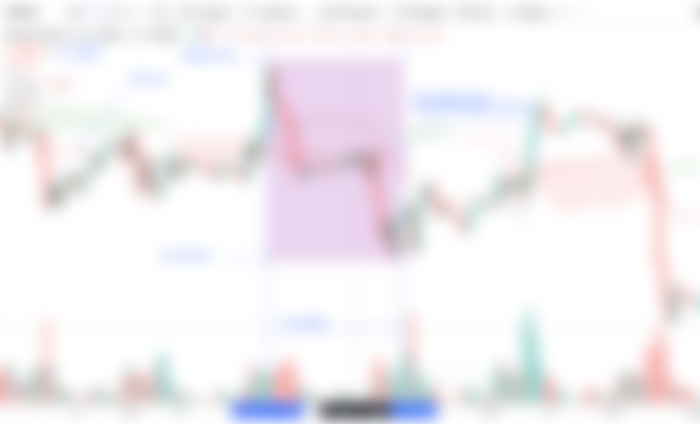A new term used in Ichimoku that I learned from the course in Japan. That is Ham-me. So what is Ham-me, let's find out
As you learn the formulas, you can see that there are friends in lines of the Ichimoku Kinko Hyo. In fact, there are lines that are added and divided by 2.
Using the formula of adding the highest price and the lowest price of the past and divide it by 2, the lines are the Tenkan sen, Kijun sen, and two of the Senko span 2.
A sum of the highest price and the lowest price for the past fixed period, divided by 2, that is simply the middle price level for the past fixed period. This is called Ham-me, means half price in Japanese. Therefore, Tenkan sen, Kijun sen, and Senko span 2 are referred to as Ham-me lines.
In Ichimoku Kinko Hyo Ham-me represents "market level." The Tenkan sen indicates the market level for the past 9 candles, the Kijun sen indicates the market level for the past 26 candles, and the Senko span 2 indicates the market level for the past 52 candles.
And when the market level is moving up, it's the uptrend, and when the market level is moving down, it's the downtrend.
In uptrend the Ham-me line moves up. In downtrend the Ham-me line moves down. Under consolidation the Ham-me line goes flat, up, down in short cycle.

What can be identified by the Ham-me line
• In uptrend the Ham-me line moves up.
• In downtrend the Ham-me line moves down.
• Under consolidation the Ham-me line becomes flat or moves up and down in short cycle.
Hence, the angle of the Ham-me line indicates a trend. So, what I want you to understand in this chapter is that the Tenkan sen is a line that represents the short- term (9 candles) trend. The Kijun sen is a line that represents the mid-term (26 candles) trend. And the Senko span 2 is a line that represents a long-term (52 days) trend.
